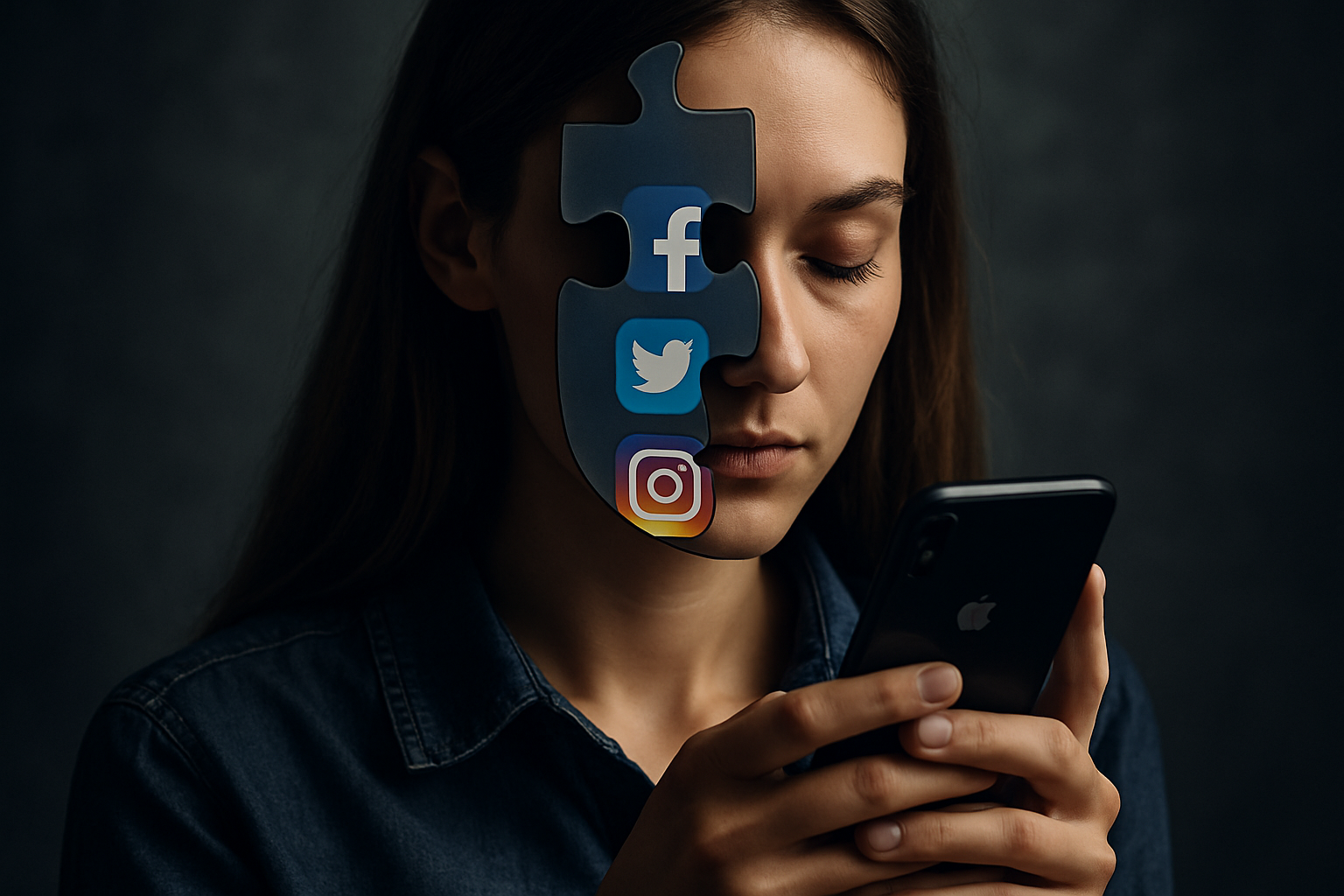Avatar Maker: How custom avatars are created and used online
An avatar maker is a tool that helps people create a visual representation of themselves or a concept for use online. These tools range from simple icon generators to sophisticated platforms that render 3D likenesses. Avatars can be stylized, realistic, animated, or static, and they serve as stand-ins for a person’s identity in forums, social networks, games, business profiles, and virtual meetings. This article explains how avatar makers work, the differences between digital and traditional images, practical uses in virtual spaces, considerations when representing a real person, and how character choices shape online identity.

What is an avatar and how is it used?
An avatar is a graphical representation that stands in for a user or persona in digital environments. It can be a simple photograph, a cartoon illustration, a 3D model, or an animated figure. People use avatars to manage privacy, craft a brand, convey mood, or simply express creativity. In community platforms, avatars help other users recognize contributors; in games, they can reflect abilities or status; and in professional settings, avatars can provide consistent branding across profiles while protecting personal data.
How do digital avatars differ from other images?
Digital avatars are designed specifically to function as identity markers rather than as standalone artworks. Unlike a typical photo or digital painting, an avatar often needs to work at small sizes, support various backgrounds, and be adaptable across platforms. Many avatar makers include templates, scaling options, and export formats optimized for profile icons or chat overlays. Some tools also offer layers, presets for facial features and expressions, and compatibility with virtual environments—features that distinguish avatar files from generic images.
Where are virtual avatars commonly applied?
Virtual avatars appear in many online contexts: social media, online learning platforms, conferencing tools, multiplayer games, forums, customer service bots, and virtual events. In immersive spaces like virtual worlds and VR meetings, avatars can include body tracking, gestures, and spatial audio cues. In 2D contexts—forums and chat apps—avatars primarily serve visual recognition. Organizations and educators increasingly use avatars to provide a consistent presence for teams, instructors, or automated assistants while maintaining accessibility and inclusivity for diverse audiences.
Can an avatar represent a real person accurately?
An avatar can approximate a real person’s appearance or convey recognizable traits, but accuracy depends on the tool and intent. Photorealistic avatars require detailed input, high-resolution textures, and sometimes biometric or 3D scanning data; simpler makers rely on stylized features and presets. Consider privacy and consent when creating likenesses of others. For many uses, a representative avatar that captures key attributes—hair, skin tone, distinctive accessories—balances recognizability with privacy protection. Legal and ethical considerations arise when recreating public figures or private individuals without permission.
How does a character avatar affect user identity?
Choosing a character-style avatar—fantasy figures, animals, or fictional personas—affects how others perceive and interact with that user. Character avatars allow users to explore identity, adopt playful or role-specific personas, or maintain anonymity while communicating. In community moderation and trust-building, consistent character choices can increase recognizability and foster rapport. However, mismatches between an avatar and actual behavior (for example, an aggressive persona with courteous communication) can create confusion. Character design choices also influence accessibility; inclusive options and descriptive text help ensure understanding across diverse audiences.
Conclusion
Avatar makers provide flexible ways to create a visual identity for online interactions, offering options from simple 2D icons to complex virtual characters. Understanding the technical distinctions between avatar files and general images, the range of virtual applications, and the ethical considerations for representing real people helps users choose appropriate tools and designs. Character-based avatars shape perception and engagement, so deliberate choices that consider privacy, consistency, and accessibility lead to more effective digital presence.






